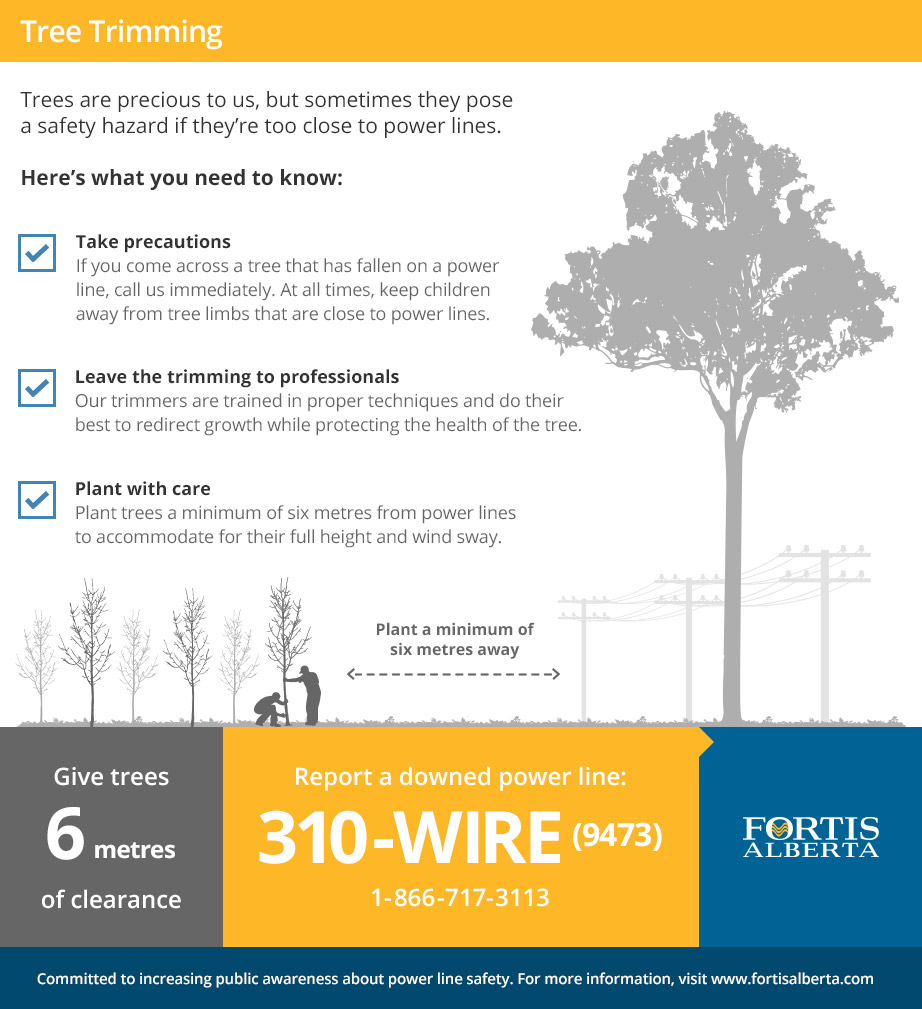After Getting Rid Of Trees, Appropriate Treatment Is Important For Landscape Healing; Learn The Required Actions To Restore Your Room And Avoid Future Obstacles
After Getting Rid Of Trees, Appropriate Treatment Is Important For Landscape Healing; Learn The Required Actions To Restore Your Room And Avoid Future Obstacles
Blog Article
Material By-Langley McKinnon
After a tree's removal, your landscape might look quite different, and it's important to evaluate the consequences very carefully. You'll intend to review the soil disturbance and check bordering plants for any type of signs of anxiety. Ignoring these aspects can result in larger troubles down the line. So, what should you finish with those stumps and roots? And just how do you select the most effective plants for your rejuvenated room? Let's discover these important steps.
Analyzing the After-effects: Assessing Your Landscape
After a tree elimination, it's critical to assess your landscape to recognize the effect it has on your lawn.
Start by examining the area where the tree stood. Look for indicators of dirt disturbance, and inspect the bordering plants for any kind of stress and anxiety or damage.
https://www.instapaper.com/rss/12263414/jLYTnEvjFLWSDYESOa24H9lKkVQ ought to likewise remember of exactly how the removal has altered sunlight direct exposure and airflow in your yard. This shift can impact the development of neighboring plants, so it's vital to evaluate their health.
Think about the aesthetic elements also; the elimination could develop an open space that you can redesign.
Finally, consider any type of potential disintegration problems that might arise from the tree's lack. Attending to these elements early will help restore balance to your landscape.
Dealing With Stumps and Origins: Alternatives for Removal
When you've assessed the after-effects of the tree elimination, you'll likely need to tackle the stump and roots left.
You have a couple of choices for elimination. One effective method is stump grinding, where a specialist uses an equipment to grind the stump to below ground level. This strategy leaves minimal disturbance to your landscape.
If you choose a do it yourself approach, you can use a mix of digging and chemical stump cleaners. Just bear in When To Prune A Pear Tree , this process can require time and initiative.
Conversely, take into consideration leaving the stump as an all-natural feature, which can act as a distinct yard component or habitat for wild animals.
Whatever you choose, resolving the stump and roots is essential for restoring your landscape.
Choosing the Right Plants for Your New Space
As you assess your freshly cleared space, choosing the right plants can considerably enhance your landscape's appeal and capability.
Beginning by considering the sunlight and dirt conditions. For sunny areas, select drought-resistant plants like lavender or succulents. In shaded places, brushes and hostas flourish well.
Think of the size and development practices of your plants; mix perennials and annuals for seasonal selection. Do not neglect to integrate indigenous species; they require much less upkeep and assistance local wild animals.
Team plants in weird numbers for a much more natural look and produce layers for aesthetic depth.
Lastly, ensure you have a mix of colors and appearances to keep your landscape dynamic throughout the periods.
Pleased growing!
Final thought
In conclusion, recovering your landscape after tree removal is a rewarding process. By evaluating the results, addressing stumps and roots, and selecting the right plants, you'll create a thriving environment. Don't fail to remember to include erosion control actions to safeguard your soil. With a little initiative and treatment, you can transform your room into a lively garden that boosts your residential property. Embrace the opportunity to invigorate your landscape and take pleasure in the beauty of nature right in your yard!
